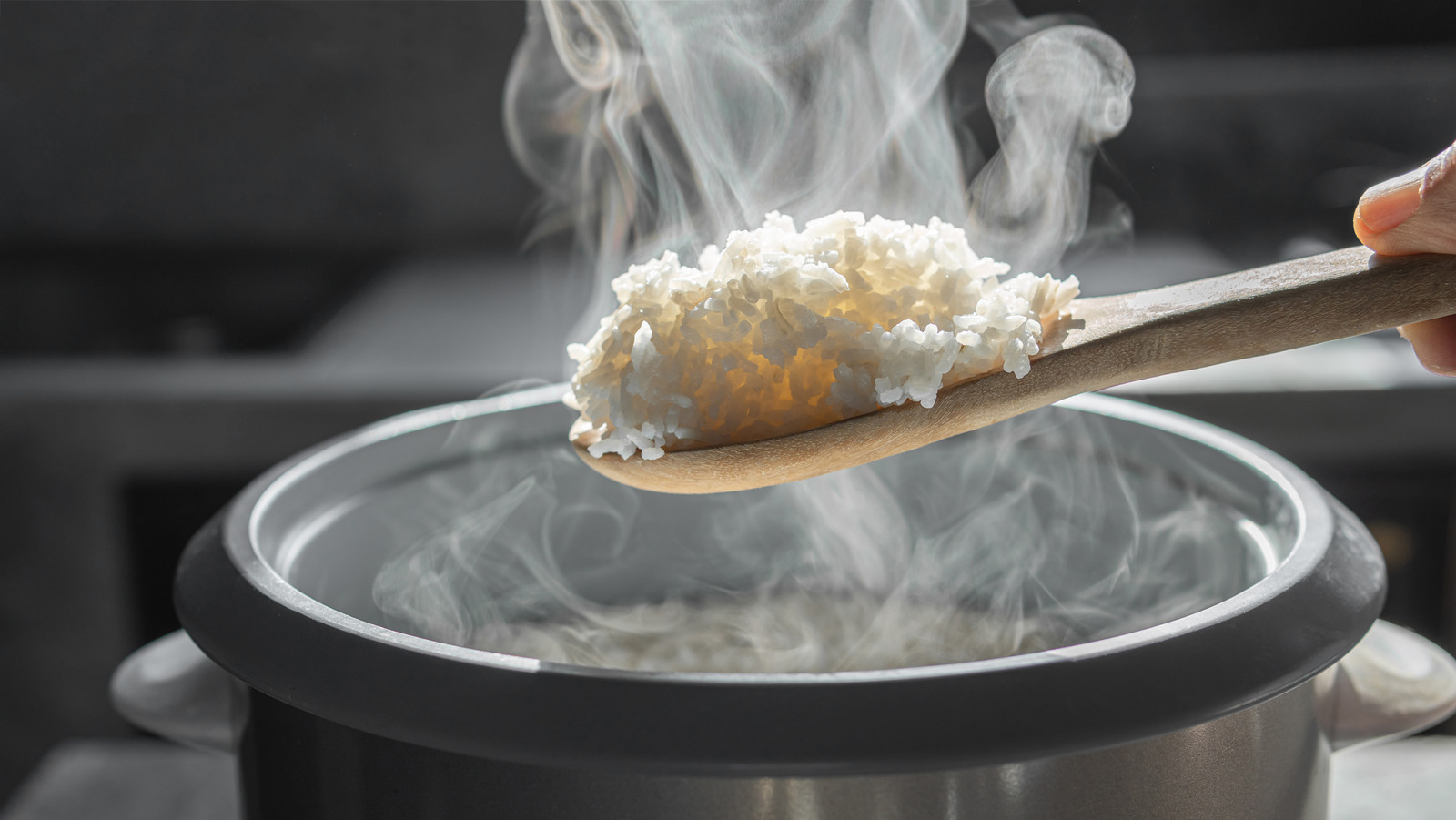

Articles
How To Store Rice After Cooking
Modified: January 18, 2024
Learn the best methods to store rice after it is cooked in this informative article. Keep your rice fresh and delicious for longer with these storage tips.
(Many of the links in this article redirect to a specific reviewed product. Your purchase of these products through affiliate links helps to generate commission for Storables.com, at no extra cost. Learn more)
Introduction
Welcome to this comprehensive guide on how to store rice after cooking. Rice is a staple food in many cultures around the world, and it’s essential to store it properly to maintain its freshness, taste, and nutritional value. By following the right storage methods, you can extend the shelf life of cooked rice and prevent it from spoiling or becoming stale.
Storing rice correctly has several benefits. Firstly, it helps in preventing food waste by allowing you to preserve leftover cooked rice. Secondly, it saves you time and effort by providing you with a quick and convenient meal option whenever you need it. Lastly, proper storage ensures that the rice retains its flavor, texture, and nutritional content, so you can enjoy a delicious and healthy meal even after it has been cooked.
In this article, we will explore various factors to consider when storing rice after cooking, as well as different methods you can use to keep it fresh for longer periods. Whether you choose to refrigerate, freeze, vacuum seal, use airtight containers, or dehydrate your cooked rice, we will provide you with step-by-step instructions and useful tips to ensure the best results.
So, if you’re ready to learn how to properly store your cooked rice and maximize its shelf life, read on to discover the most effective techniques and expert tips.
Key Takeaways:
- Properly storing cooked rice is crucial for maintaining freshness, flavor, and nutritional value. Follow specific storage methods to prevent waste and enjoy convenient, delicious meals.
- Consider factors such as rice type, storage duration, and personal preference when choosing the best method for storing cooked rice. Follow expert tips for successful storage and enjoy flavorful, safe meals.
Read more: How To Dry Out Ceiling After Leak
Why Store Rice Properly
Properly storing rice after cooking is crucial for several reasons. Firstly, rice is a carbohydrate-rich food that can quickly spoil if not handled and stored correctly. Storing it properly helps to prevent the growth of bacteria and prevent foodborne illnesses.
Secondly, storing rice properly helps to maintain its flavor and texture. When rice is not stored correctly, it can become dry, hard, or lose its natural taste. By following the right storage methods, you can ensure that the cooked rice remains moist and retains its original taste and texture.
Another important reason to store rice properly is to prevent waste. Rice is a common ingredient in many dishes, and it’s easy to cook too much. Proper storage allows you to preserve leftovers and minimize food waste. This not only saves money but also contributes to sustainable and eco-friendly practices by reducing the amount of food that goes to waste.
Additionally, storing rice properly allows you to save time and effort. Cooked rice can be used as a quick and convenient meal option, whether it’s for a busy weeknight dinner or a packed lunch. By storing it properly, you can have a ready-to-eat meal on hand whenever you need it, without the need to cook from scratch.
Lastly, storing rice properly helps to maintain its nutritional value. Rice is a nutritious grain that provides essential vitamins, minerals, and dietary fiber. By storing it correctly, you can preserve these nutrients and ensure that your meals remain healthy and nourishing.
In summary, proper storage of cooked rice is essential for maintaining its freshness, flavor, nutritional value, and preventing waste. By following the right storage methods, you can ensure that your cooked rice remains safe to eat, tastes delicious, and can be used for future meals.
Factors to Consider
When it comes to storing rice after cooking, there are several factors to consider to ensure the best results. These factors will help you determine the most suitable storage method for your specific needs and circumstances. Here are some key factors to keep in mind:
- Type of rice: Different types of rice have varying moisture levels, textures, and cooking methods. These differences can affect how well they store after being cooked. For example, sticky rice may be more prone to clumping together when stored, while long-grain rice may retain its shape and texture better.
- Storage duration: How long you intend to store the cooked rice will impact the storage method you choose. If you plan to consume it within a few days, refrigeration may be sufficient. However, if you want to store it for longer periods, freezing or vacuum sealing might be more suitable options.
- Available storage space: Consider the amount of space you have for storing cooked rice. If you have limited refrigerator or freezer space, you may need to opt for alternative methods such as vacuum sealing or using airtight containers.
- Intended usage: Think about how you plan to use the stored rice. If you want to quickly reheat and consume it as a standalone dish, freezing or refrigerating in portion sizes may be preferable. If you intend to use it as an ingredient in other recipes, consider the ease of breaking it apart and incorporating it into dishes.
- Personal preference: Lastly, take into account your personal preferences and taste preferences. Some individuals may prefer the texture and taste of rice that has been refrigerated, while others may prefer the texture after freezing.
Considering these factors will help guide you in choosing the most suitable method for storing your cooked rice. It’s important to select a method that aligns with your specific needs and preferences, as it will ensure that the rice remains fresh, safe to eat, and enjoyable to consume.
Methods of Storing Rice After Cooking
When it comes to storing rice after cooking, there are several methods you can choose from. The method you select will depend on factors such as the duration of storage, available storage space, and your personal preference. Here are some of the most popular methods for storing cooked rice:
- Option 1: Refrigerating Cooked Rice: Refrigeration is a common method for short-term storage of cooked rice. Allow the rice to cool completely before transferring it to an airtight container or resealable bag. Store it in the refrigerator and consume within 4-6 days.
- Option 2: Freezing Cooked Rice: Freezing is an excellent method for long-term storage of cooked rice. Portion the rice into freezer-safe containers or resealable bags, and make sure to remove any excess air. Label the containers with the date and freeze. Frozen cooked rice can last for up to 3-6 months.
- Option 3: Vacuum Sealing Cooked Rice: Vacuum sealing is an effective method for extending the shelf life of cooked rice. Use a vacuum sealer to remove all the air from the bags or containers before sealing them. Vacuum-sealed rice can last for several months, maintaining freshness and flavor.
- Option 4: Using Airtight Containers: Storing cooked rice in airtight containers is a convenient way to keep it fresh. Make sure the rice has completely cooled before transferring it to the containers. Seal the containers tightly, and store them in a cool, dry place, away from direct sunlight.
- Option 5: Dehydrating Cooked Rice: Dehydrating cooked rice removes moisture, making it shelf-stable for an extended period. Spread the cooked rice evenly on a dehydrator tray or baking sheet and dry it until it becomes crisp. Store the dehydrated rice in airtight containers in a cool, dark place.
Each of these methods provides its own unique benefits and considerations. It’s important to choose the method that suits your specific needs and preferences. Whether you opt for refrigeration, freezing, vacuum sealing, using airtight containers, or dehydrating, follow the appropriate steps to ensure the best results.
Now that you are familiar with the various methods of storing cooked rice, let’s explore each option in more detail and provide helpful tips for successfully storing rice after cooking.
Option 1: Refrigerating Cooked Rice
Refrigerating cooked rice is a popular method for short-term storage. It helps maintain the freshness and texture of the rice for up to 4-6 days. Here’s how to properly refrigerate cooked rice:
- Cool the rice: Allow the cooked rice to cool down to room temperature before refrigerating it. This helps prevent condensation and bacterial growth.
- Transfer to an airtight container: Place the cooled rice in an airtight container or a resealable bag. Make sure the container is clean and dry.
- Label and date: It’s important to label the container or bag with the date so that you can keep track of its freshness.
- Store in the refrigerator: Place the container of cooked rice in the refrigerator, ideally on a shelf rather than in the door. The temperature should be set at or below 40°F (4°C).
- Consume within 4-6 days: Refrigerated cooked rice should be consumed within 4-6 days to ensure its quality and safety.
It’s important to note that reheating refrigerated rice should be done thoroughly to kill any bacteria that may have multiplied during storage. You can reheat the rice in the microwave or on the stovetop until it reaches a safe internal temperature (165°F or 74°C).
When refrigerating cooked rice, there are a few tips to keep in mind:
- Never leave cooked rice at room temperature for more than two hours. Bacteria can rapidly multiply in warm environments.
- Divide the rice into smaller portions before refrigerating, allowing for easier reheating and reducing the risk of contamination when reheating only the portion you need.
- If the rice starts to dry out in the refrigerator, you can sprinkle a few drops of water on it before reheating to restore some moisture.
- If you notice any signs of spoilage, such as a strange odor or mold, discard the rice immediately.
Refrigerating cooked rice is a convenient method to keep the rice fresh and safe for a few days. However, if you need to store it for a more extended period, freezing or vacuum sealing may be a better option.
Next, we will explore Option 2: Freezing cooked rice, which allows for long-term storage without compromising the quality of the rice.
Option 2: Freezing Cooked Rice
Freezing cooked rice is an ideal method for long-term storage, allowing you to preserve the taste and texture of the rice for several months. Here’s a step-by-step guide on how to freeze cooked rice:
- Prep the rice: Allow the cooked rice to cool down to room temperature. You can spread it on a baking sheet to help it cool faster and prevent clumping.
- Portion the rice: Divide the cooled rice into individual portions or the desired serving sizes. This makes it easier to thaw and use only what you need without having to thaw the whole batch.
- Package in freezer-safe containers or bags: Place the portions of rice in freezer-safe containers or resealable bags. Remove as much air as possible from the bags before sealing, or use containers with an airtight seal.
- Label and date: Remember to label each package with the contents and the date of freezing. This will help you keep track of the storage time.
- Freeze: Place the packaged rice in the freezer, making sure it is stored in an upright position. Leave enough space between the packages for air to circulate and promote even freezing.
- Thawing and reheating: To use the frozen rice, simply thaw it in the refrigerator overnight or use the defrost setting on your microwave. Reheat the rice thoroughly until it reaches a safe internal temperature of 165°F (74°C) before consuming.
Here are some additional tips to ensure the best quality when freezing cooked rice:
- Blanching: If you plan to store the rice for an extended period, blanching it before freezing can help maintain its quality. Blanch the rice by briefly cooking it in boiling water and then immediately cooling it in ice water before portioning and freezing.
- Use proper packaging: Use high-quality freezer-safe bags or containers to prevent freezer burn and moisture loss. Double-bagging can provide an extra layer of protection.
- Store in serving-size portions: Portion the rice into serving sizes that you are likely to use in a single meal. This way, you can easily thaw and reheat only what you need, without wasting any leftovers.
- Don’t refreeze thawed rice: Once the rice has been thawed, it should be used within 24 hours and should not be refrozen. Repeated freezing and thawing can affect the texture and quality of the rice.
By properly freezing cooked rice, you can have a convenient and versatile ingredient on hand for future meals. It’s a great way to reduce food waste and always have a quick and easy rice option available whenever you need it.
Next, we will explore Option 3: Vacuum sealing cooked rice, which provides excellent preservation and extends the shelf life of rice even further.
After cooking, let the rice cool to room temperature before transferring it to an airtight container. Store in the refrigerator for up to 4-6 days.
Option 3: Vacuum Sealing Cooked Rice
Vacuum sealing is a highly effective method for storing cooked rice, as it removes all the air from the packaging, preventing spoilage and maintaining the rice’s freshness for an extended period. Here’s how to vacuum seal cooked rice:
- Cool and portion the rice: Allow the cooked rice to cool completely. Divide it into individual portions or serving sizes based on your needs.
- Package the rice: Place each portion of rice in a vacuum seal bag or a vacuum seal container. For bags, leave enough space at the top for sealing.
- Vacuum seal: Follow the instructions for your vacuum sealer to seal the bags. If using a container, make sure it is designed for vacuum sealing and use the appropriate attachment for your vacuum sealer to remove the air.
- Label and date: Label each package with the date and contents for easy identification.
- Store in a cool, dark place: Place the vacuum-sealed rice packages in a cool, dry place, away from light and heat sources.
Vacuum sealing cooked rice offers several benefits:
- Extended shelf life: Vacuum-sealed rice can stay fresh for several months, allowing you to enjoy cooked rice even after an extended period.
- Preservation of flavor and texture: Vacuum sealing helps maintain the quality, flavor, and texture of the rice by preventing exposure to air, moisture, and contaminants.
- Convenient portioning: By vacuum sealing rice in individual portions, you can easily thaw and use only what you need without thawing the entire batch.
- Flexible storage: Vacuum-sealed rice takes up less space than other storage methods, making it ideal for those with limited freezer or pantry space.
Here are some additional tips to ensure successful vacuum sealing:
- Make sure the rice is completely cooled before vacuum sealing to prevent condensation.
- Use high-quality vacuum seal bags or containers that are specifically designed for long-term food storage.
- Ensure a tight seal by double-checking that the bags or containers are properly sealed before storing.
- Regularly check the sealed packages for any signs of damage or air leakage. If any packages appear compromised, consume the rice immediately or repackage it using fresh materials.
By vacuum sealing cooked rice, you can effectively prolong its shelf life while preserving its quality. It’s an excellent option for those who want to store rice for an extended period without compromising on taste or texture.
Next, let’s explore Option 4: Using airtight containers, a simple and convenient way to store cooked rice.
Option 4: Using Airtight Containers
Storing cooked rice in airtight containers is a simple and convenient method that helps preserve its freshness and keep it safe for consumption. Here’s how to use airtight containers to store cooked rice:
- Cool the rice: Allow the cooked rice to cool down to room temperature.
- Choose the right container: Select airtight containers that are food-grade and designed for long-term storage. Glass or BPA-free plastic containers with secure lids work well.
- Portion and pack the rice: Divide the cooled rice into individual portions or servings based on your needs. Place the portions into the airtight containers.
- Seal tightly: Ensure that the containers’ lids are tightly sealed to prevent air from entering and moisture from escaping. This helps maintain the rice’s freshness and texture.
- Label and date: Label each container with the date of storage so that you can keep track of its freshness. This is especially important if you plan to store the rice for an extended period.
- Store in a cool, dry place: Place the airtight containers of rice in a cool, dry pantry or cupboard away from direct sunlight or heat sources. This will help preserve the quality of the rice.
Using airtight containers for storing cooked rice offers several advantages:
- Convenience: Airtight containers are easy to use and provide quick access to the stored rice whenever you need it. They are also reusable and stackable, saving space in your pantry or refrigerator.
- Preservation of freshness: By sealing the rice in airtight containers, you can prevent odors from permeating and maintain the rice’s moisture content, ensuring it remains fresh and flavorsome.
- Protection against pests and contaminants: Airtight containers create a barrier against insects, rodents, and other contaminants that could spoil the rice or compromise its safety.
- Portion control: Storing rice in individual portions allows you to thaw and use only what you need, minimizing waste and ensuring you have the right amount for each meal.
Here are some additional tips for using airtight containers to store cooked rice:
- Always use clean, dry containers to prevent the growth of bacteria or mold.
- Avoid overfilling the containers to allow the rice to breathe and prevent pressure that can cause the containers to burst.
- Check the containers periodically for any signs of damage, such as cracks or loose seals. Replace any damaged containers to maintain the rice’s freshness and safety.
- If you notice any changes in the rice’s color, smell, or texture, discard it to ensure food safety.
Storing cooked rice in airtight containers is a convenient and effective method for keeping it fresh and safe for consumption. It allows for easy access whenever you need it, making it a practical option for everyday meals.
Next, let’s explore Option 5: Dehydrating cooked rice, which offers a unique way to store and use rice in various culinary applications.
Option 5: Dehydrating Cooked Rice
Dehydrating cooked rice is a unique method of storage that removes moisture from the rice, making it shelf-stable and extending its lifespan. Dehydrated rice can be used in various culinary applications, including soups, stews, and even as a snack. Here’s how to dehydrate cooked rice:
- Spread the cooked rice: Spread the cooked rice in a thin, even layer on a dehydrator tray or a baking sheet lined with parchment paper.
- Dehydrate at a low temperature: Set your dehydrator to the lowest temperature setting or preheat your oven to the lowest temperature. Dehydrate the rice for several hours, rotating the trays and checking for dryness periodically.
- Check for dryness: The rice is fully dehydrated when it is dry, brittle, and breaks easily when pressed. Be sure that no moisture remains in the rice, as any residual moisture can lead to spoilage during storage.
- Cool the dehydrated rice: Allow the dehydrated rice to cool completely before packaging it to prevent condensation.
- Package the rice: Transfer the cooled, dehydrated rice to airtight containers or resealable bags. Make sure to remove as much air as possible before sealing.
- Label and date: Label the containers or bags with the date of dehydration to keep track of its freshness.
- Store in a cool, dark place: Place the packaged dehydrated rice in a cool, dry pantry or cupboard away from direct sunlight or heat sources.
Dehydrated rice offers several benefits:
- Long shelf life: Dehydrated rice can last for several months or even years when stored properly, making it a great option for long-term storage.
- Space-saving: Dehydrated rice takes up much less space than its original cooked form. This makes it ideal for those with limited storage space.
- Versatility: Dehydrated rice can be rehydrated and used in various recipes, making it a versatile ingredient in your culinary repertoire.
- Convenience: Dehydrated rice is lightweight, making it easy to transport and use for camping trips, hiking, or emergency food supplies.
Here are a few additional tips for dehydrating cooked rice:
- Ensure that the rice is cooked fully before dehydrating to avoid any undercooked grains remaining in the final product.
- Consider adding seasonings or spices to the cooked rice before dehydrating to enhance the flavor.
- Regularly check the dehydrated rice for any signs of spoilage, such as mold or an off smell. If you notice any signs, discard the rice immediately.
- Rehydrate the rice by soaking it in water or cooking it in liquid before using it in recipes that require cooked rice.
Dehydrating cooked rice is a unique and practical method of storage that allows you to enjoy rice in various ways. It’s a great option for those looking for long-term storage or needing a lightweight and versatile ingredient for their culinary needs.
Now that we’ve explored the different methods of storing cooked rice, let’s move on to some helpful tips for ensuring the best results.
Read more: How To Store Soup After Cooking
Tips for Storing Rice After Cooking
To ensure that your cooked rice stays fresh, safe to eat, and maintains its quality during storage, here are some helpful tips to keep in mind:
- Cool the rice: Allow the cooked rice to cool down to room temperature before storing it. Storing hot or warm rice can lead to condensation, which can promote the growth of bacteria.
- Divide into portions: Consider dividing the cooked rice into individual portions or serving sizes before storing. This allows you to thaw and use only what you need, minimizing waste and ensuring the rest of the rice remains properly stored.
- Proper packaging: Use appropriate storage containers or bags that are airtight, leak-proof, and food-grade. This prevents air, moisture, and contaminants from affecting the rice’s quality and safety.
- Date and label: Always label the stored rice with the date of storage. This helps you keep track of its freshness and ensures that you consume it within a safe time frame.
- Store in a cool, dry place: Choose a storage location that is cool, dry, and away from direct sunlight. Excessive heat, moisture, or sunlight can lead to spoilage and affect the quality of the rice.
- Practice FIFO: FIFO stands for “First In, First Out.” When storing rice, place the newly prepared or packaged rice at the back of the storage area and use the older rice first. This helps maintain rotation and ensures that you consume the rice in the order it was stored.
- Avoid cross-contamination: Store rice separately from raw meats, seafood, or any other food items that can harbor bacteria. This reduces the risk of cross-contamination and keeps the stored rice safe to eat.
- Keep an eye for signs of spoilage: Regularly inspect the stored rice for any signs of mold, off odors, or unusual texture. If you notice anything suspicious, discard the rice to prevent potential foodborne illnesses.
- Reheat thoroughly: When reheating any stored rice, ensure that it is heated thoroughly to a safe internal temperature of 165°F (74°C) to kill any bacteria that may have multiplied during storage.
- Follow storage guidelines: Be mindful of the recommended storage times for specific storage methods. Different storage techniques have varying shelf lives, so it’s important to adhere to the guidelines provided for each method.
By following these tips, you can maximize the lifespan of your cooked rice, maintain its taste and texture, and ensure its safety for consumption.
Now that you’re equipped with all the necessary information for storing rice after cooking, you can confidently store your leftover rice and enjoy it in various delicious meals whenever you desire.
Remember, proper storage not only prevents food waste but also ensures that your rice remains fresh, flavorful, and ready to be enjoyed.
Happy cooking and storing!
Conclusion
Storing rice after cooking is essential for maintaining its freshness, taste, and nutritional value. By following the right storage methods, you can prevent waste, save time, and enjoy a delicious meal even after the rice has been cooked.
In this comprehensive guide, we explored various factors to consider when storing rice after cooking. We discussed the importance of proper storage methods, such as refrigeration, freezing, vacuum sealing, using airtight containers, and dehydrating. Each method offers its own unique benefits and considerations, allowing you to choose the most suitable option based on your needs, available space, and desired storage duration.
We provided step-by-step instructions, tips, and precautions for each storage method, ensuring that you have all the necessary information to store your cooked rice properly. From cooling the rice to portioning it and selecting the right containers, we covered the crucial steps for maintaining the quality of cooked rice during storage.
Furthermore, we shared tips for successful storage, including proper labeling and dating, storing in a cool and dry place, practicing FIFO, and reheating rice thoroughly. These tips help ensure the freshness, safety, and quality of the stored rice, giving you peace of mind when consuming it.
By following these guidelines, you can reduce food waste, save money, and always have a convenient and delicious rice option on hand. Whether you’re looking to store leftover rice for future meals or stock up on rice for emergency supplies, these storage methods will help you make the most out of your cooked rice.
Remember, proper storage of cooked rice extends its shelf life, maintains its nutritional value, and preserves its flavor and texture. So, don’t let your cooked rice go to waste—utilize these storage techniques to enjoy delicious and satisfying meals whenever you need them.
With the knowledge and tips provided in this guide, you are now well-equipped to store your cooked rice properly. So go ahead, get creative with your rice dishes, and confidently store any leftovers using these effective methods.
Happy cooking and happy storing!
Now that you've mastered storing cooked rice, why not extend your savvy to other perishables? Our upcoming guide on the best food storage solutions for the upcoming year offers practical tips and innovative ideas. Whether you're keen on maximizing shelf life or optimizing kitchen space, this resource has you covered with top recommendations and expert advice. Don’t miss out on elevating your storage game!
Frequently Asked Questions about How To Store Rice After Cooking
Was this page helpful?
At Storables.com, we guarantee accurate and reliable information. Our content, validated by Expert Board Contributors, is crafted following stringent Editorial Policies. We're committed to providing you with well-researched, expert-backed insights for all your informational needs.
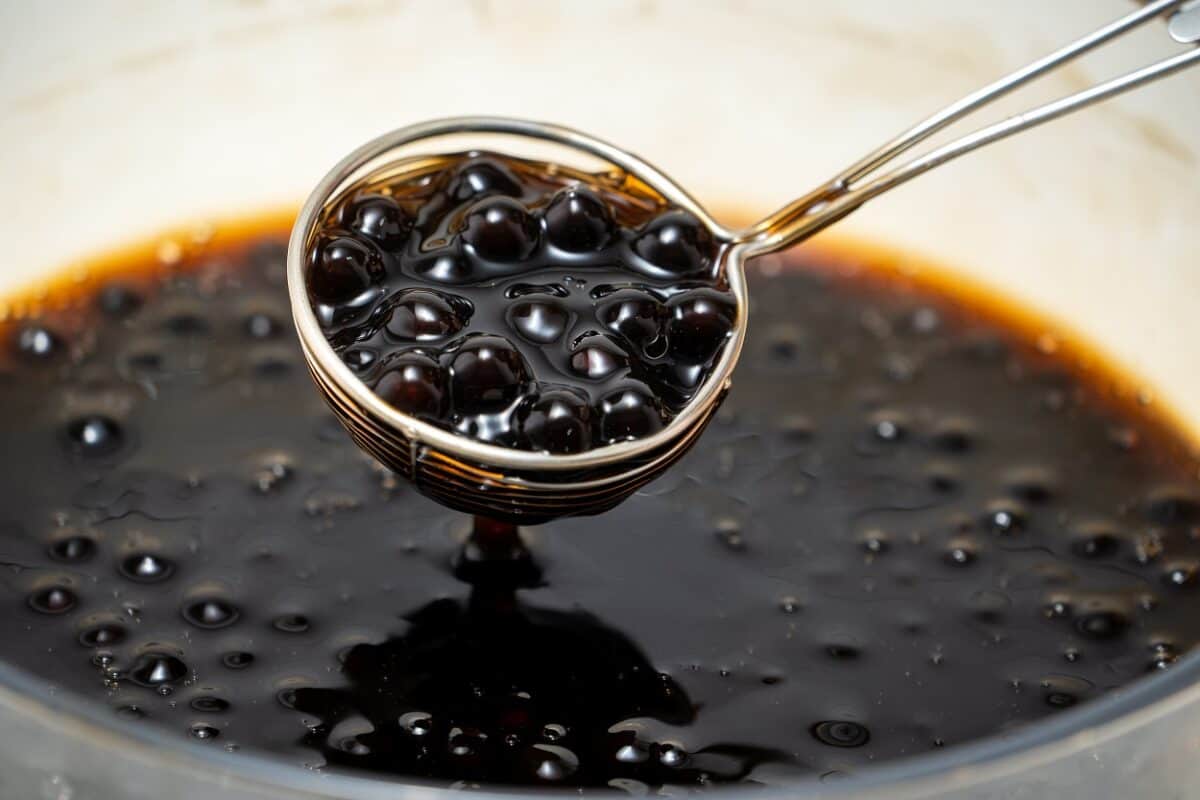
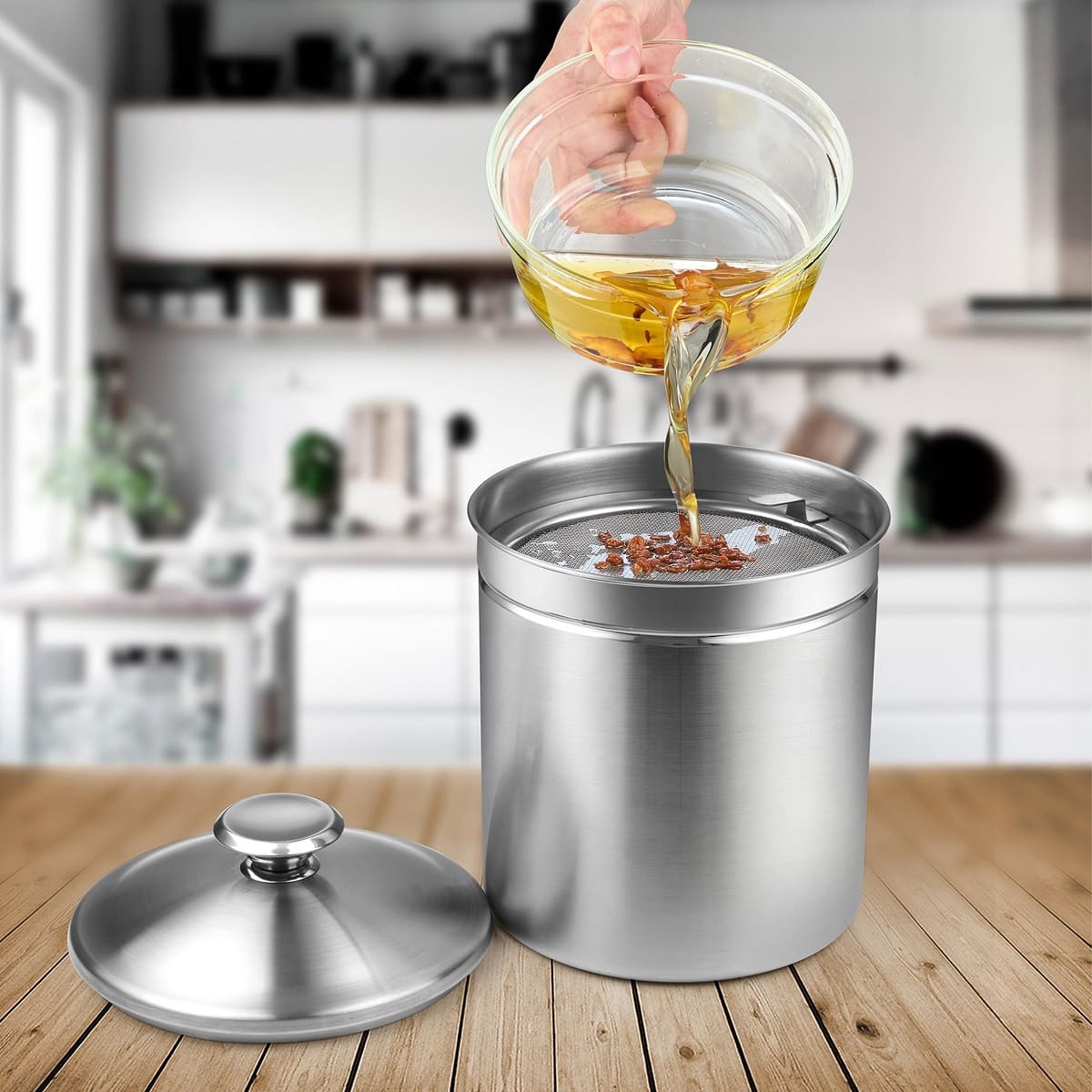
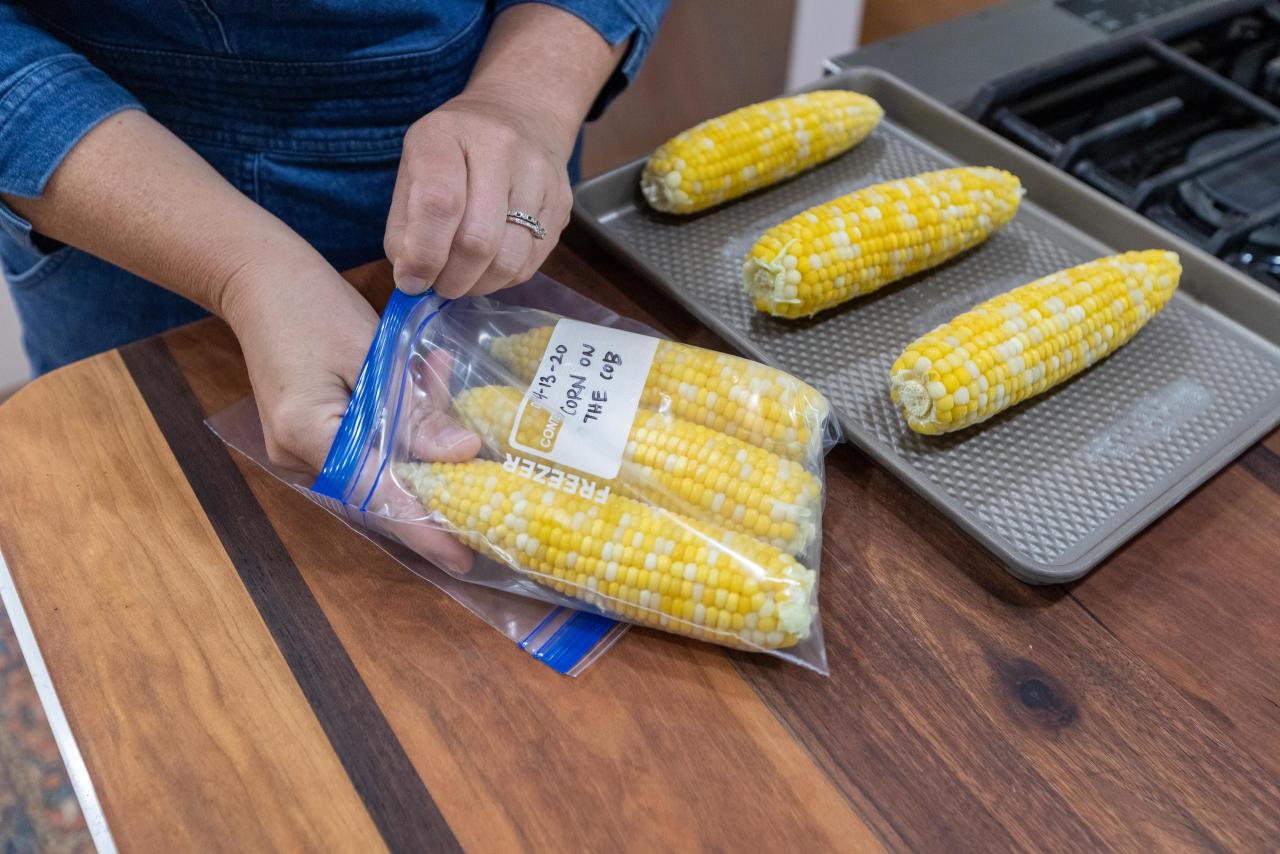
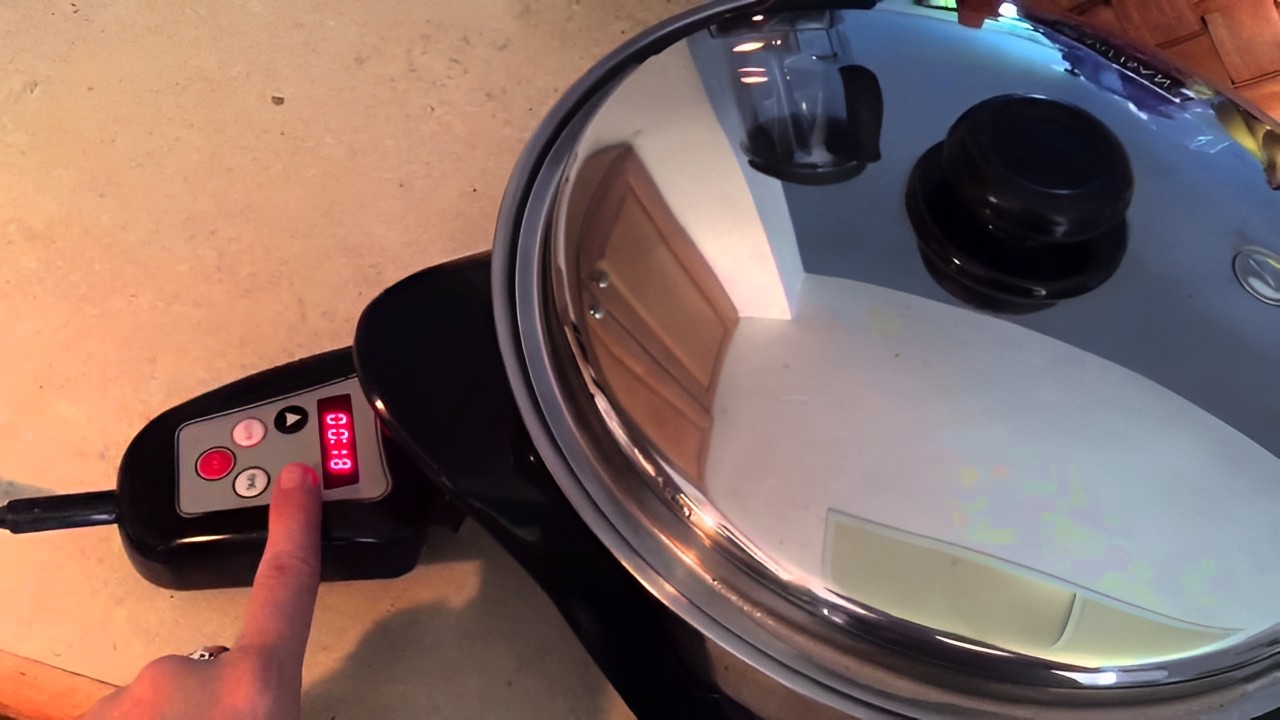
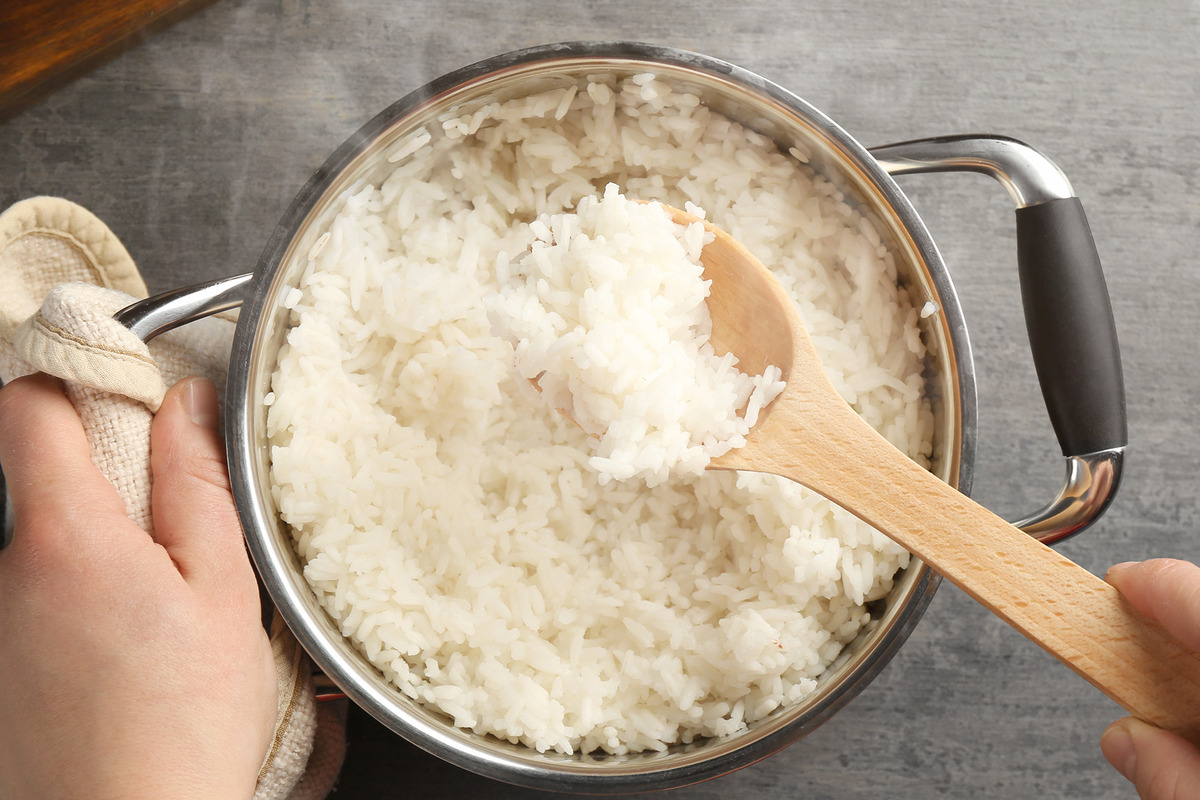
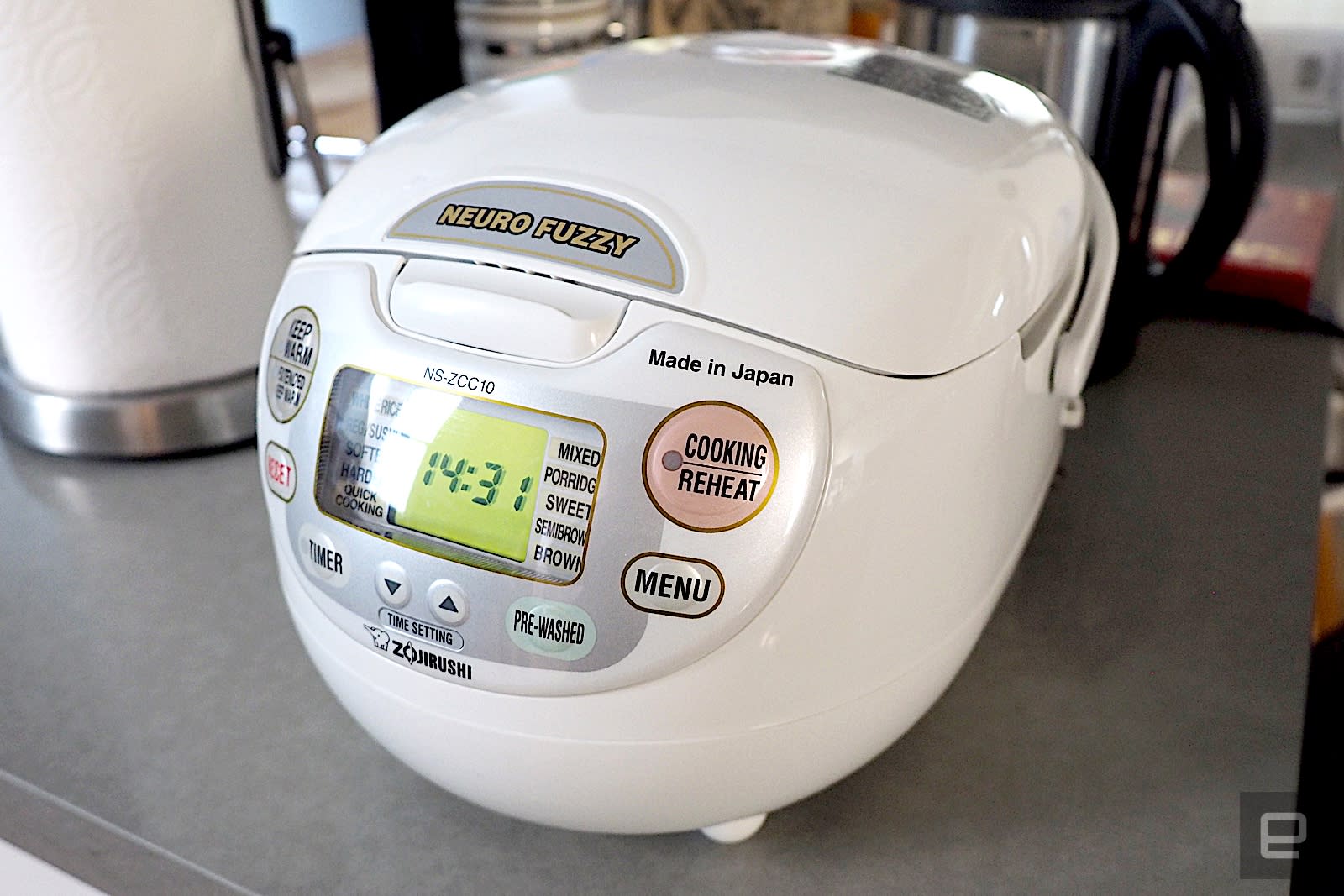

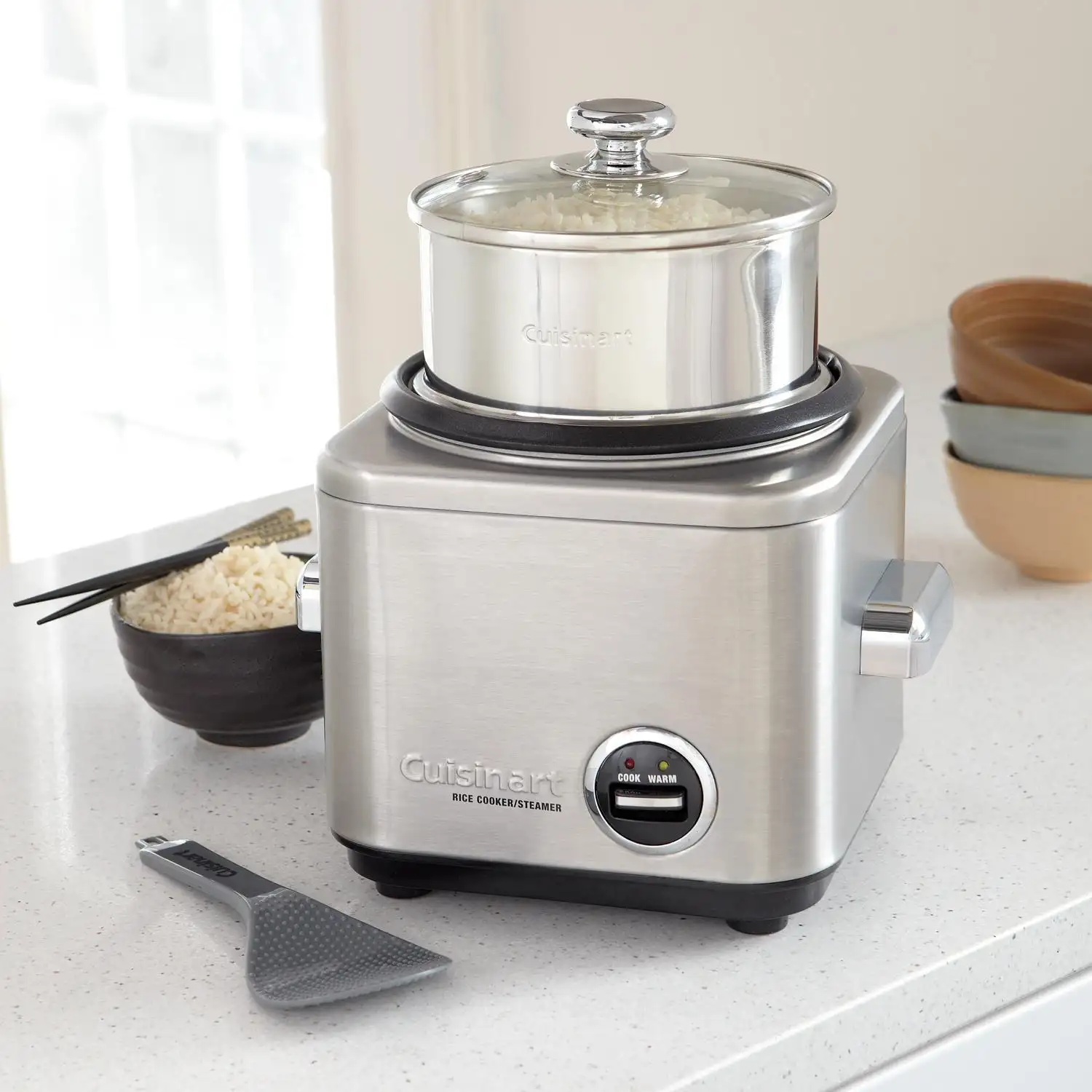
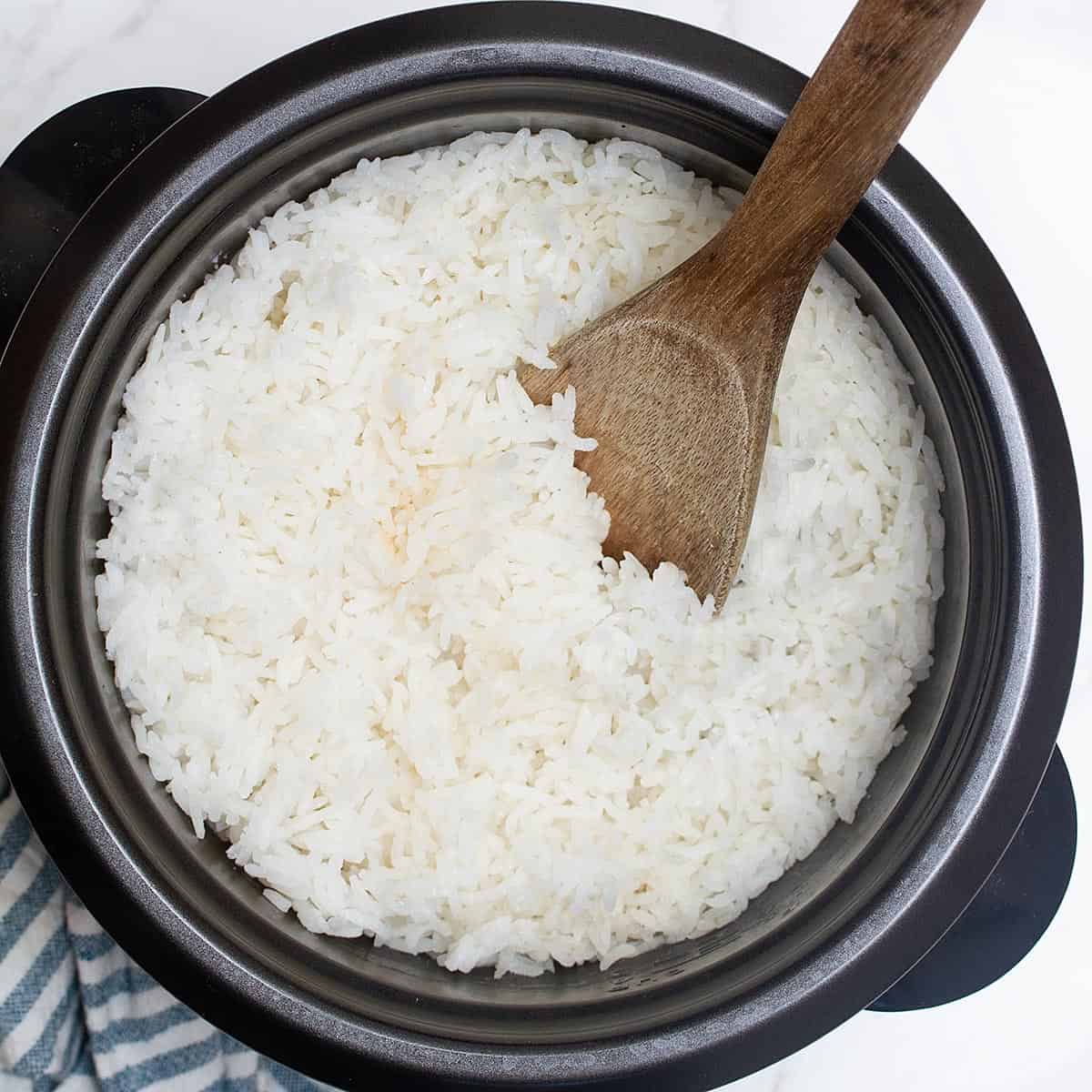
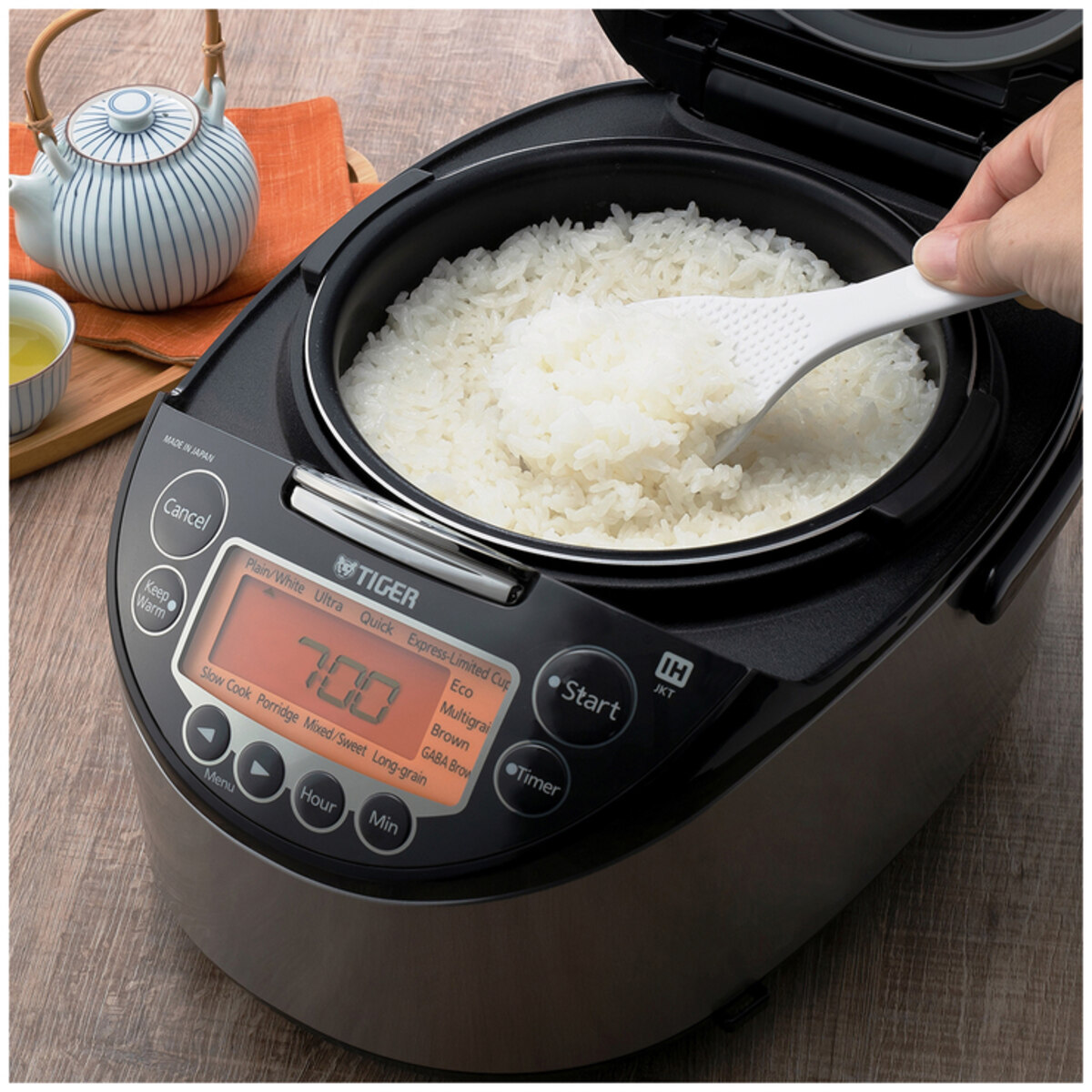
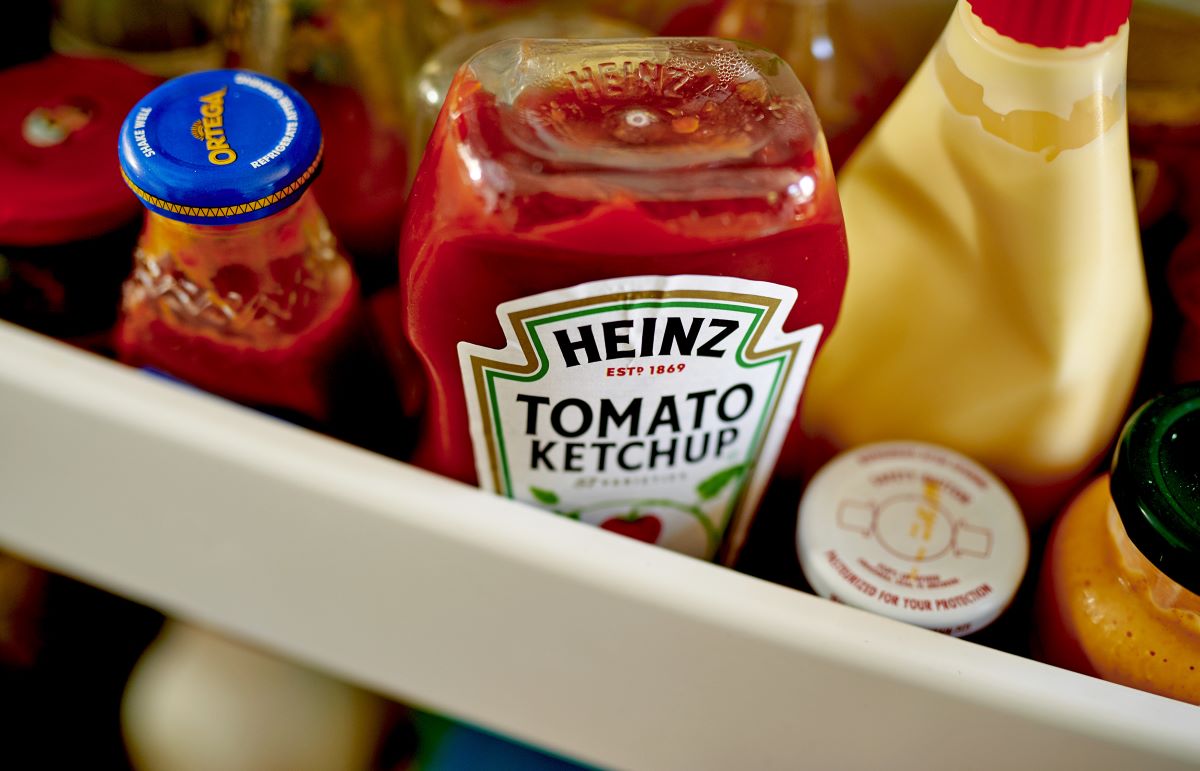
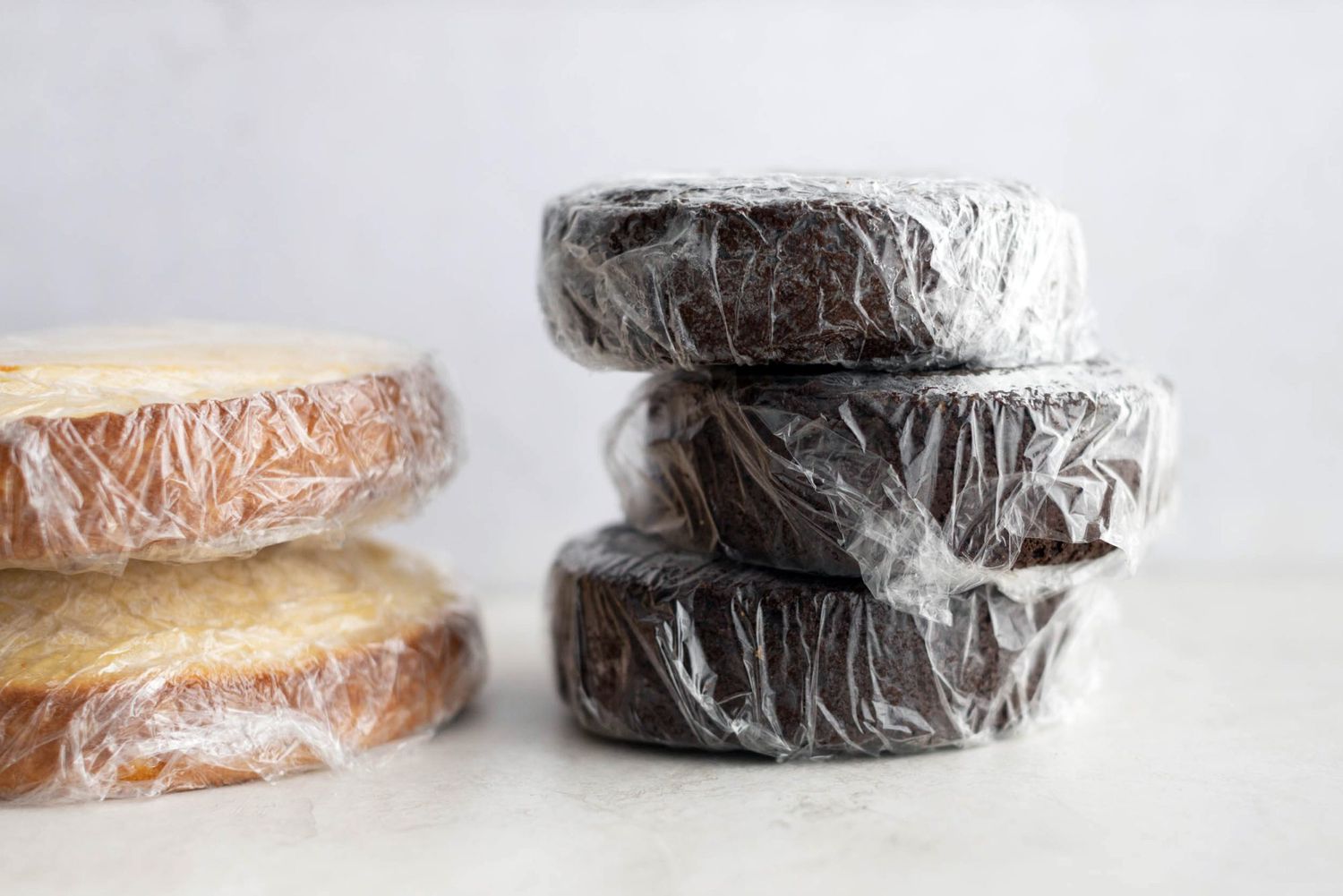
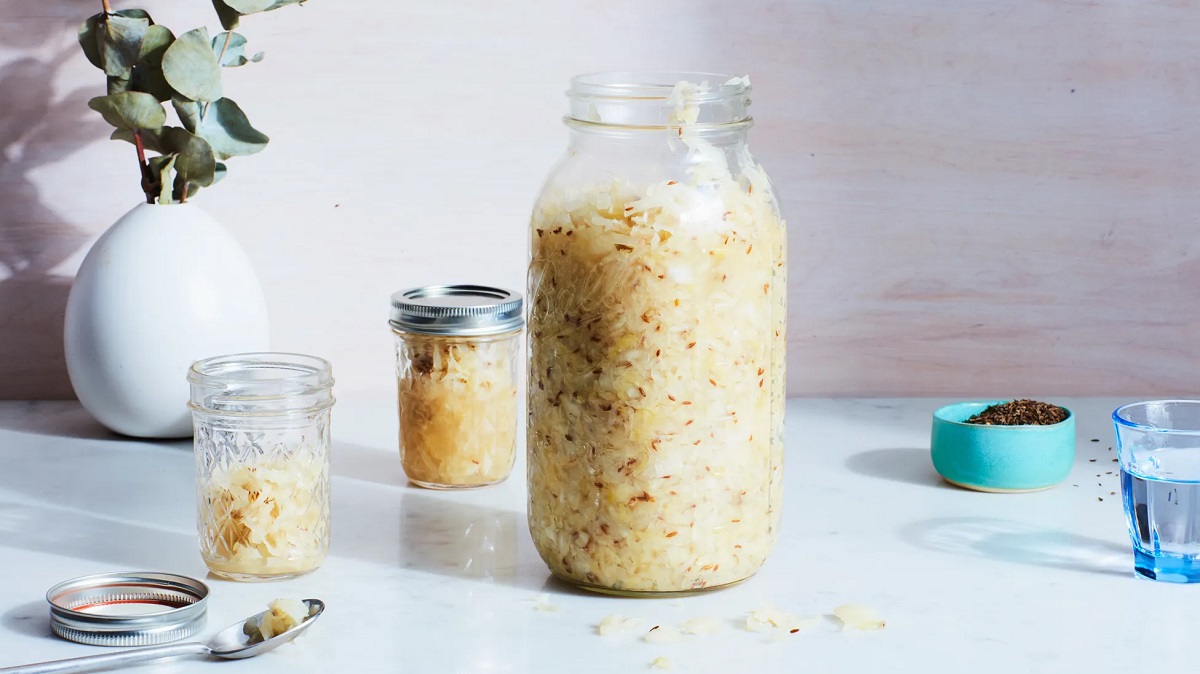

0 thoughts on “How To Store Rice After Cooking”